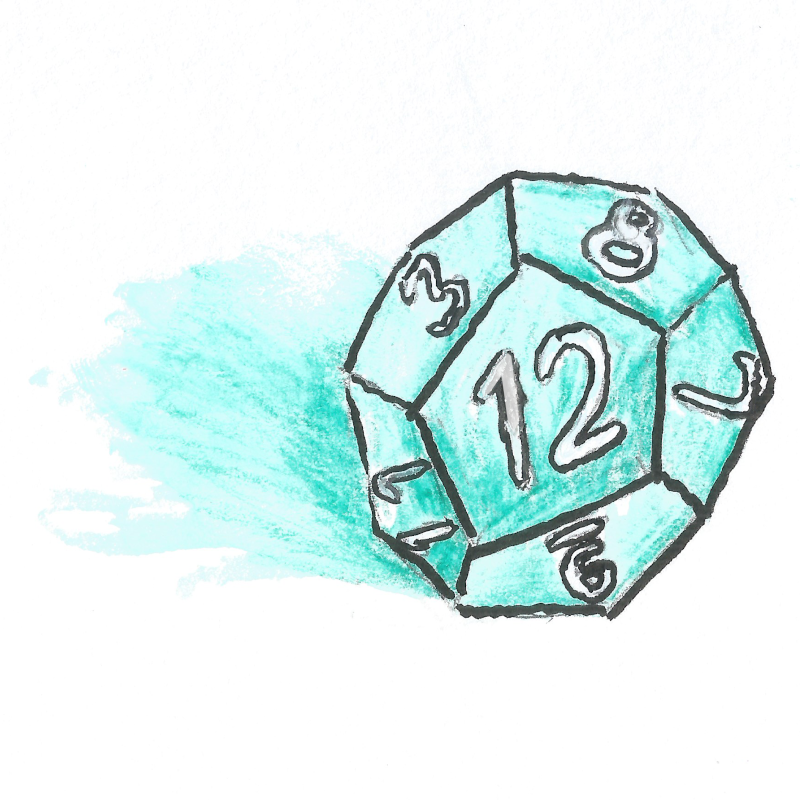I often write boxed text for new in-game locations. I find it easier to think through the sights, smells, and other sensations during GM prep and write them out, rather than improv’ing when I’m trying to write a game. Here’s one such location.
After leaving the Kolavat Pass and traveling through the wilderness a ways, entry into Kozyl feels like a sudden change. The dirt road you’ve been traveling on, heaped with a layer of snow, turns into a road paved in large, square stones whose polished surfaces shine in the sun, with snow neatly shoveled away.
The paved walkway soon splits into wide streets, running between houses and buildings with plenty of space to spread out. Most buildings are constructed from small rectangular bricks, painted in whites and deep blues and turquoises to create abstract mosaics that evoke the feeling of the churning sea.
The stones and bricks seem a little rough and worn in places, but the paint and polish seems like it is kept in good condition with regular upkeep.
An open rectangular agora lies in the center, filled with traders and importers of all sorts. In spots along its perimeter, pillars, arches, and overhangs rise above the townsfolk below. The sounds of crowds talking rapidly and enthusiastically and the bleat of livestock rises up from the agora. The faint smell of farm animals mixes with the sharp, ever-present salt spray.
Just beyond the agora, long wooden piers and small sailing ships sprawl across the coastline, and the Brtov Sea–pale blue and pocked with white ice floes–rolls into the horizon.
Three notable buildings rise out of the town near the agora.
The first is The Saltwind, a tavern and inn large enough to handle even the peaks of travel and shipping. It lies along the long side of the agora, three stories high and surrounded by a wide porch. But with the recent storm, it seems to be a bit empty.
Wuher’s Flophouse sits awkwardly on the edge of town, barely peeking out from behind The Saltwind. Compared to the other buildings’ bright mosaics of bricks, it’s very plain–just simple plaster walls, for travelers who can’t afford the Saltwind, or maybe can’t get a room in busy times.
On the corner of the agora, facing out towards the sea, lies the Temple of Auris, goddess of the sea and nautical travel, “Matron of Mariners.” A detailed stone statue sits in front of its wooden double-doors, which look a little like the entry to the cabin of a ship. The statue depicts a broad-shouldered human woman wearing a flowing robe standing on craggy shoreline rocks. A surprisingly detailed wave breaks against them, but she looks unfazed and steadfast. In one hand, she holds a sextant; in the other, she holds a staff with a lantern hanging off of the crook.
